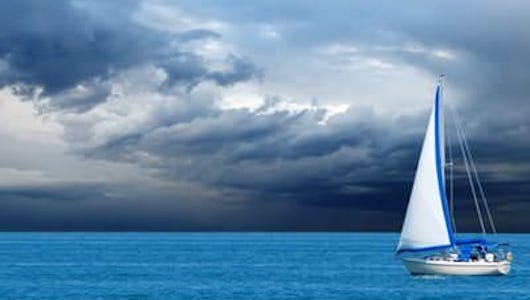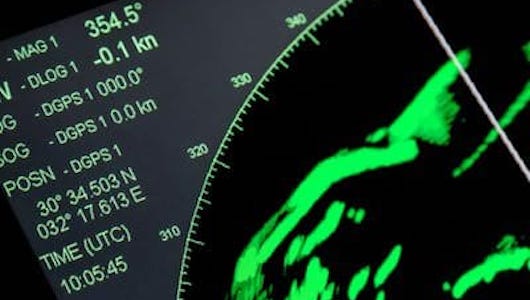Course OVERVIEW
A practical course that will indeed affect your decision-making when planning and underway, the ASA 119, Marine Weather Endorsement Course covers all aspects of practical marine weather and how to observe and forecast weather conditions using traditional maritime skills and modern technology.
During this practical and interactive online course, that can be taken as a prerequisite for the ASA 120, Radar Endorsement Course, learn how the appropriate knowledge of weather information can be beneficial when planning and adapting during short durations or extended voyages. This online class will ensure your navigation planning is safer, more efficient and more accurate with topics covering:
» ROLES OF MARINE WEATHER.
Elements of marine weather and how they relate to each other and to forecasting:
- ‣ Terminology and Glossaries
- ‣ Getting started on Sources & Map Symbols
» PRESSURE & WIND.
Understand why the wind blows, apparent vs true wind, wind terminology and more:
- ‣ Pressure and barometers
- ‣ Properties of Highs, Lows, Ridges and Troughs
- ‣ Winds from Isobars
» GLOBAL WIND & CURRENT.
Causes and descriptions of global winds and its influence on wind and weather; speed, distances, temperatures, etc:
- ‣ Doldrums
- ‣ Trade Winds
- ‣ Horse Latitudes
- ‣ Prevailing Westerlies
- ‣ Polar Front
- ‣ Air Mass Classification
- ‣ Structure of the Atmosphere
- ‣ Stability
- ‣ Ocean Currents
- ‣ Centers of Action Concept
» STRONG WIND SYSTEMS.
A reminder that, ultimately, we will more often use our knowledge of marine weather to find more wind than to avoid too much wind:
- ‣ Lows, Fronts and Squalls
- ‣ Tropical Storms and Hurricanes
- ‣ Strong Winds in Clear Skies
» CLOUDS, FOG, & SEAS.
Clouds and Fog types and their meaning:
- ‣ Wave Terminology
- ‣ Sea State Forecasting
- ‣ Beaufort Scale
» WIND & TERRAIN.
How the presence and topography of land affects wind flow over adjacent waters:
- ‣ Sea vs Land Breezes
- ‣ Channeling and Gap Winds
- ‣ Blocking and Shadowing
- ‣ Sailboat Tactics
» WEATHER MAPS.
Practice and review of map reading:
- ‣ Sequencing to Verify Forecasts
- ‣ Manual Weather Routing
- ‣ Fine Tuning Wind Predictions
- ‣ Use of Sea State Maps & Ocean Current Maps
- ‣ Comparing GRIB Data with Analyzed Products from the NWS
- ‣ Automated Weather Routing Software
» SOURCES OF DATA.
Traditional options and how to use them vs new resources and their availability:
- ‣ Local and high seas radio voice sources
- ‣ Forecast Zones
- ‣ Model Forecasts in GRIB Format on Land and Underway (pros, cons, and safe usage)
- ‣ ASCAT Winds
- ‣ Weather Data by FTPmail
- ‣ Professional Routing Services
» ONBOARD FORECASTING.
What the swells, waves, and ripples can tell us:
- ‣ Quick Forecasting Tips & Combining Observations with Forecasts
- ‣ In-depth Use of Barometer
- ‣ Meaning of Clouds & Wind Shifts
- ‣ Old Sayings Explained
» SOUTHERN HEMISPHERE WEATHER.
Unique features; what is reversed and what isn’t:
- ‣ Special sources for Southern Hemisphere weather data
COURSE LENGTH & PREREQUISITES
You can reasonably expect to spend approximately 40 to 60 hours on this course, depending on how much optional material you choose to cover. With the ability to start immediately and submit quizzes and discussion topics at any time (day or night), you have the freedom to work at your own pace and on your own time schedule.
COURSE ACCESSIBILITY
With the electronic components, you can take the complete course with you as you travel, or use them as a resource to search topics and materials. If you prefer to work on your own without computers, you have a complete syllabus with practice exercises and answers in the printed materials. For added structure to your training, then take part in the online discussions and individual quizzes for each lesson.
COURSE MATERIALS - WHAT'S INCLUDED
COURSE MATERIALS
All necessary materials are provided to complete the online course, including optional eBooks Modern Marine Weather and the Barometer Handbook. Additional electronic components include access to live weather data to illustrate many of the topics covered, as well as the ability to monitor hypothetical coastal or ocean passages to simulate real world scenarios that influence and determine decision making.
INSTRUCTORS & DISCUSSION GROUPS
Each Starpath course includes free access to online resources and discussion groups. Starpath has instructors in three different time zones monitoring these groups so, should any question arise, simply post it in the Student Discussion Forum for a quick answer — or search the forum to see if an answer to your question already exists.
ASA Certification
A certification & seal for your logbook.
1 year access
You have one year to complete the course or request an extension.
Other Starpath Courses
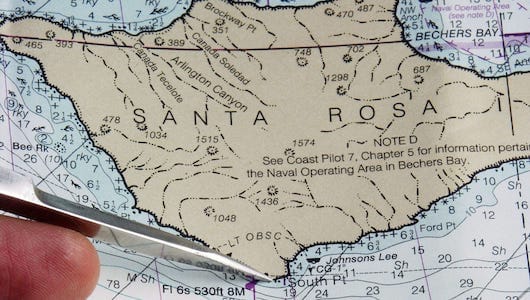
ASA 105
Coastal Navigation
Learn practical navigation on inland and coastal waters, including chart reading, piloting, and more.
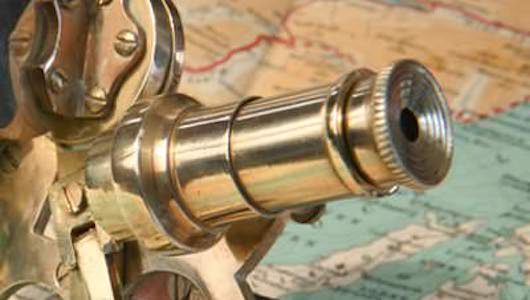
ASA 107
Celestial Navigation
Learn practical celestial navigation and other aspects of safe ocean navigation.
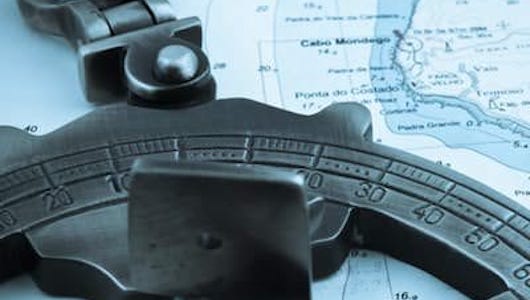
ASA 117
Basic Celestial Endorsement
Learn to apply basic celestial navigation theory and to determine latitude and longitude at sea.
Please register for one or more of the Starpath courses below.
If you have any questions contact support@americansailing.com

